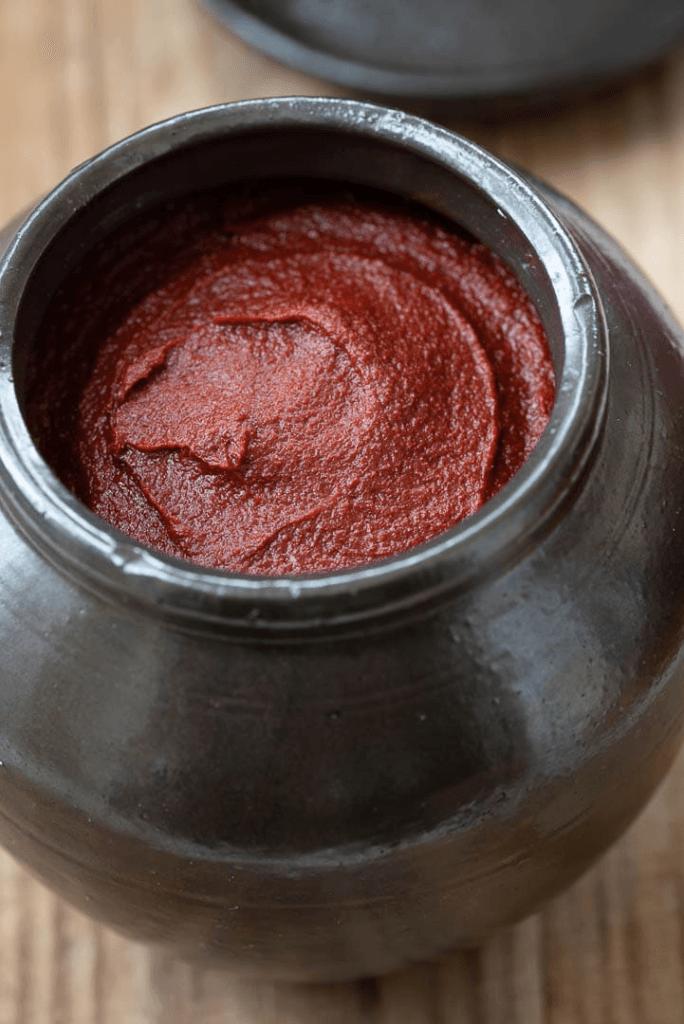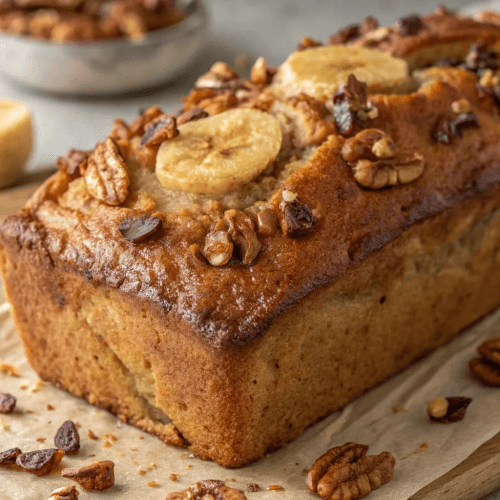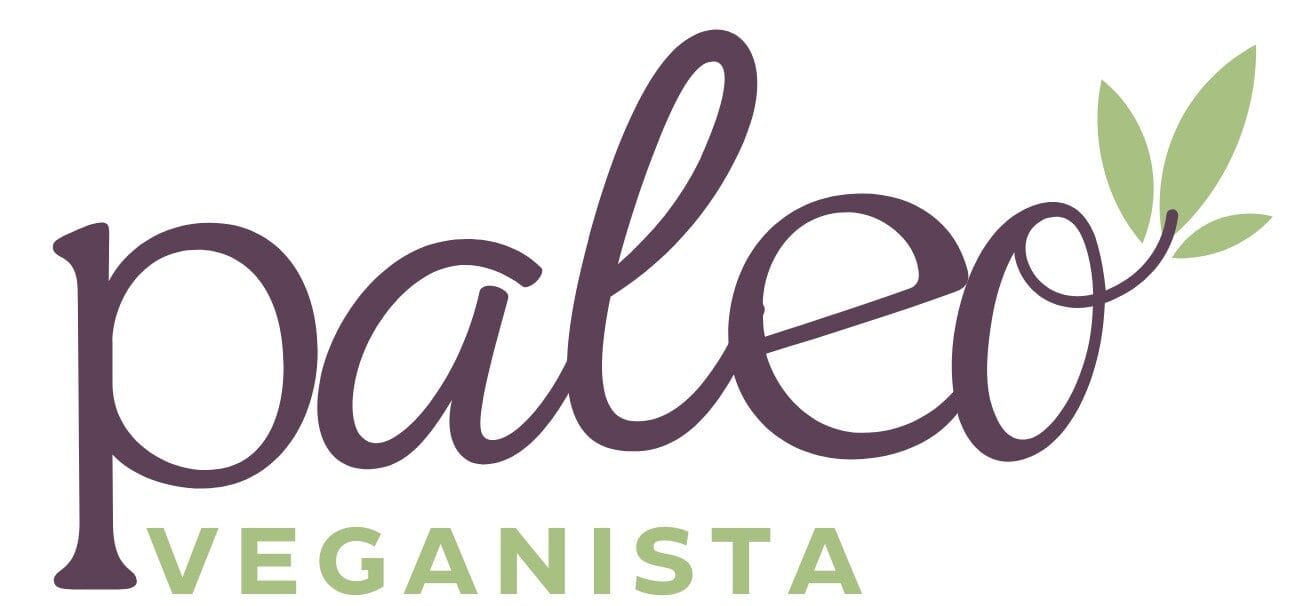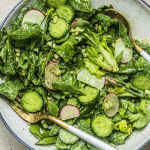Gochujang is one of the most popular and loved Korean delicacies that everyone in the world is thankful for. There are certain special ingredients and some special techniques used to make the best Gochujang and with this article, you can learn how to make the best gochujang with a list of required ingredients in Gochujang preparation and what to expect. Gochujang has a worldwide appeal specially because of its intense flavour that it gets from the fermented red chilli paste and fermented soya beans.
The authentic flavour of Gochujang comes from a variety of ingredients however, with the increasing demand of healthier and less sweet food- there has always been more experiments happening to the flavour while also making sure to maintain its authentic flavour. The ingredients in Gochujang usually contains glutinous rice, fermented soybeans, red chili powder, and a sweetener, which is often refined sugar. However, if you are looking to make Gochujang without sugar, this article will also provide you with an alternative to that. So keep on reading to learn about what are the main ingredients in Gochujang? How to make it without sugar.
The Traditional Ingredients In Gochujang

Lets first begin with how do the Koreans make Gochujang, the authentic way. There are a set of ingredients used in the making of gochujang however what is more important is the quantity, the time and the expertise. It will always take a little practice to make any dish perfectly and gochujang is surely one of them cuisines that require expertise and practise.
- Gochugaru (Korean Red Pepper Powder)- This Korean red pepper powder is the top most important ingredient for making the best gochijang. It is also the ingredient in gochujang that gave it the name. Gochugaru is made from sun dried chilli peppers that has its own special fermenting process and are later grinded.
- Meju Powder (Fermented Soybean Powder)- The second most important ingredient in gochujang ios Meju Powder which is basically fermented soya bean powder. After a long fermnetation process of months, it is later grinded to make it into a powder which makes for the umami rich base for the dish.
- Glutinous Rice (Sweet Rice)- Sweet rice although sound like a sweetner are not actually used for the sweetness but for the texture that they provide. They can either be added directly after cooking or can be made into a powder as well.
- Barley Malt Powder (Yeotgireum) or Malt Syrup- To maintain the authentic flavour of gochujang, Barley Malt Powder (Yeotgireum) or Malt Syrup is the key ingredient to keep in mind. It not only acts as a sweetener but also helps in enzymic fertilization.
- Salt- Lets face the truth, no dish is ever complete without a little bit of salt. As an ingredient in gochujang, salt not only adds to the flavour but also helps in preservation so that the dish lasts longer.
Why Make a Sugar-Free Gochujang?

Now since we know that sweetness is one of the top notes of flavour that we receive when we eat gochujang, however if you are looking for a healthier option or are just physically not allowed to consume sugar, then a sugar-free gochujang might be a good option for you. Many of the traditional cuisines in many countries have a lot of added sugar that many people today would not prefer to consume in general. For all those who prefer to have natural sweeteners can include sugar or maple syrup. Since sugar not only acts as a sweetener but also helps with the fermentation process of gochujang.
For people who are suffering from diabetes or are following a keto or low carb diet do usually prefer no-sugar or less-sugar alternatives to the traditionally sweet cuisine. However, if you still wish to maintain the traditional flavour of the dish that includes a sweet taste to it, then you might prefer to make a sugar-free gochujang. This allows you to have control over the amount fo sugar you are consuming while also getting to savour a delicacy thats homemade.
How to Make Gochujang Without Sugar (Recipe)?

Here is one way you can effectively make gochujang at home that also does not include sugar as an ingredient in gochujang to make it much more healthier and convenient for all the people looking for a sugar-free option for the same. Take a look at recipe and the recommended ingredients in gochujang preparation-
Ingredients:
- 1 cup glutinous rice flour
- 3 cups water
- 1/2 cup fermented soybean powder (or miso as a substitute)
- 1 cup gochugaru (Korean chili flakes)
- 1/4 cup salt
- 1/4 to 1/3 cup natural sweetener of choice (e.g., date paste or monk fruit syrup)
- Optional: 1 tbsp apple cider vinegar (to aid preservation if not fermenting long-term)
Instructions:
- In a pot, combine the glutinous rice flour and water. Stir over low heat until it thickens into a smooth paste.
- Let it cool to room temperature.
- Add fermented soybean powder, salt, gochugaru, and your chosen natural sweetener.
- Mix thoroughly until well combined.
- Transfer to a sterilized container or crock.
- For traditional fermentation: seal and leave in a cool, dark place for 1–2 weeks, then refrigerate.
- For quicker use: refrigerate and use after 24–48 hours. Flavor improves with time.
Natural Sugar Substitutes You Can Use

Yacon syrup or coconut aminos – slightly sweet alternatives with added depth.
Stevia, monk fruit, or erythritol – zero-calorie sweeteners.
Dates or date syrup – natural and minimally processed.
Applesauce – for mild sweetness and texture.
Korean pear or apple purée – traditional ingredients in Korean marinades that can lend sweetness naturally.
If you like this article on what are the main ingredients in Gochujang? How to make it without sugar (recipe)and would like to read more such article such as how to make Grilled Cauliflower Pizza, head on to our page.
Frequently asked questions-
Is gochujang really spicy?
Gochujang is moderately spicy, but not overwhelmingly hot. Its heat is balanced by sweetness and umami, making it more of a slow-building, deep warmth than a sharp burn. The spiciness can vary depending on the brand or recipe, but it’s generally milder than raw chili sauces.
What is gochujang paste made of?
Gochujang paste is traditionally made from gochugaru (Korean red chili powder), glutinous rice, fermented soybean powder (meju), salt, and a sweetener like malt syrup or sugar. These ingredients are mixed and fermented over time to develop its signature spicy, sweet, and savory flavor.
Is gochujang healthy or not?
Gochujang can be healthy in moderation. It’s low in fat and rich in flavor-enhancing compounds, and fermentation can offer gut-friendly probiotics (especially in homemade or traditionally made versions). However, some store-bought varieties contain added sugars, preservatives, and sodium, which may be a concern for certain diets. Choosing a low-sugar or homemade version makes it a healthier option overall.

The Best Keto Banana Bread Recipe (Moist, Fluffy & Only 3g Net Carbs!)
Ingredients
- Almond flour – the base flour for softness and nutty flavor.
- Coconut flour – adds structure and balances moisture.
- Overripe banana just ½ a medium banana! – enough for flavor without excess carbs.
- Eggs – provide lift and fluffiness.
- Sugar-free sweetener – erythritol monk fruit, or allulose for the perfect sweetness.
- Butter or coconut oil – keeps the bread moist.
- Vanilla extract & cinnamon – warm flavors that elevate the banana bread.
- Baking powder – ensures a light fluffy texture.
Instructions
- Prep & Measure – ½ cup melted coconut oil, 1 cup almond (or cashew) milk, 2–3 tbsp maple syrup (or 2–3 pitted dates), 1 tsp vanilla, ½ tsp cinnamon (optional), pinch of sea salt. (Soak dates in hot water 5–10 min to soften.)
- Melt Coconut Oil – Warm gently in saucepan or microwave 10–15 sec; make liquid, not hot.
- Load Blender – Add milk + sweetener first, then vanilla/cinnamon/salt, coconut oil last.
- Blend – High speed 30–60 sec (dates: 60–90 sec, scrape sides once).
- Check & Adjust – Taste; add sweetener if needed, splash more milk if too rich, or extra vanilla/cinnamon for stronger flavor.




